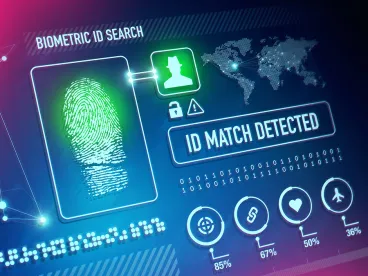With the prevalence of smartphones in everyday life, momentum has been building for the use of biometrics to replace traditional passwords. To date, the most popular biometric authentication is fingerprint technology, followed by facial recognition technology. Less used types of biometrics also include eye-scanning, heartbeats and voice pattern.
One of the main perceived benefits in using biometrics compared with traditional password-entering is that a customers’ unique biometric information is extremely difficult to recreate or reproduce. This is particularly important as data breaches are predominately due to hackers who have leveraged stolen or weak passwords. Accordingly, it is argued that online payment security is one main area which will be enhanced through the use of biometrics.
Notwithstanding the potential benefits of using biometrics, most consumers still view passwords as their security preference with biometrics only serving as a supplementary method. In April 2019, Loudhouse, a research agency based in London, conducted a survey of over 6000 consumers across several countries and found that only 37% of consumers believe that biometrics are more secure than other verification methods. A further 66% of consumers were worried about making purchases without entering passwords.
In concluding the survey, Loudhouse noted that adoption of innovative technology is dependent first on winning the argument over financial safety. Besides consumer reluctance, there has also been reluctance from governments in enabling the use of biometric information. In Australia, similar arguments concerning the safety of the technology have stalled the implementation of proposed legislation that would set up biometric facial recognition services for government agencies despite the apparent benefit of reducing instances of identity theft.
Wendy Li is a coautor of this article




 />i
/>i

